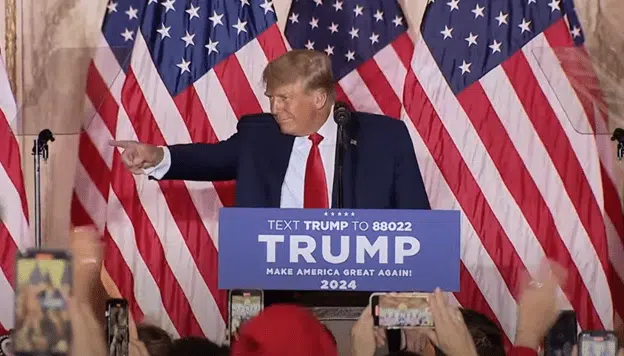By Rebekah Rast –
A “Plan B” is put in place as a backup, a form of insurance in case “Plan A” doesn’t work out.
A Plan B is valuable when taking a cross-country road trip and you happen to hit road construction and can’t get through. A Plan B is handy when trying a new recipe for the first time where you’ll be serving guests — just in case the meal doesn’t turn out as planned.
But a Plan B in case the dollar continues to weaken or collapse? That’s exactly what 13 states are working on, and their idea is not original to America’s past.
In fact, the state of Utah is taking implementation of this Plan B very seriously. What is the plan? It would recognize gold and silver coins issued by the federal government as legal currency in the state. The Utah bill passed the House March 4 and now waits to be voted on by the Senate.
Though this legislation and others are mainly symbolic at this point, since the U.S. no longer mints gold and silver coins, the state’s message is clear: there is a sense of uneasiness and insecurity in America’s current monetary system and it doesn’t hurt to have a Plan B ready to go just in case.
In February, South Carolina politicians attempted similar legislation in case the Federal Reserve collapses and hyper-inflation ensues.
Similar bills were introduced in Georgia and Virginia. A Yahoo! News article reported that, “A bill in Georgia would require all debts to the state be paid in pre-1965 gold and silver coins. The Virginia proposal would let the state print its own money.”
Neither of these bills made it to a vote, but it is clear that states are worried that the American dollar may not survive in this weak economy.
“State politicians are no longer content to just sit and watch the federal government continue to devalue the dollar,” says Bill Wilson, president of Americans for Limited Government (ALG).
As states strike out on their own to create a backup for America’s struggling dollar, is it even a possibility for gold and silver to enter back into the monetary system?
Debunking all consideration of the idea, Ben Bernanke said the precious metals will not be making a comeback. A Fox News article quoted him as saying, “It did deliver price stability over long periods of time, but over shorter periods of time it caused wide swings in prices related to changes in demand or supply of gold.”
The gold standard held strong in the U.S. from 1873 to 1933. In 1933, the United States went off the gold standard per President Franklin Roosevelt’s plan to fight what became known as the Great Depression. By taking America off the gold standard, the Federal Reserve could hold onto more of the gold supply and thus inflate the paper money supply.
The U.S. held the value of gold at $35 per ounce until President Richard Nixon in 1971 announced that dollars would no longer be converted to gold at a fixed value, which brought the gold standard to an end in the U.S.
Ever since the fall of the gold standard, the paper supply of money has been inflated to adjust to market trends and has now led state leaders to fear that the entire monetary system might come crashing down.
If ever there was time to implement a Plan B, it is now.
The federal government cannot keep its current spending levels intact and expect the dollar not to falter. Robert Romano, senior editor at ALG, stated, “We need to stop spending, stop printing money, and stabilize the dollar once and for all — before it is too late and the economy goes off the rails again.”
Imagine if America were on a gold system now.
With an exchange rate of $1,437.20 per ounce of gold, the gold and silver monetary system sounds like a good Plan B.
Rebekah Rast is a contributing editor at Americans for Limited Government (ALG) News Bureau. You can follow her on Twitter at @RebekahRast.








